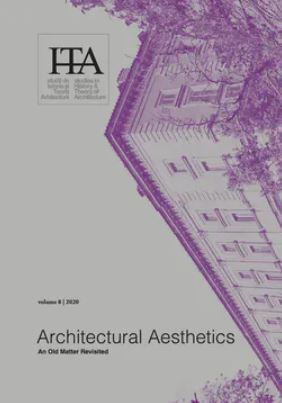The Matter of Touch – the Case of Asmara
The Matter of Touch – the Case of Asmara
Author(s): Gertrud OlssonSubject(s): Museology & Heritage Studies, Architecture, Recent History (1900 till today), Phenomenology
Published by: Universitatea de Arhitectură şi Urbanism »Ion Mincu«
Keywords: Asmara; African modernist architecture; aesthetic perception; surface treatment; touch; phenomenology;
Summary/Abstract: Asmara is the capital of Eritrea in Eastern Africa. The city of Asmara is placed on a plateau 2,325 meters over the sea. The country is bordering Sudan in the West, Ethiopia in the South, and Djibouti in the Southeast. The Italians began the colonization of the Eritrean coast in 1885 and took control of the highland plateau in 1889. Eritrea was officially declared a colonial state by the Italians in 1890. In 1900 the Italians transferred the capital of the colony from Massawa to Asmara. In Asmara they began the planning of a traditional colonial city. Between 1935 and 1941 Asmara developed into a modernist city with an ambitious city plan. It is this built heritage that has made Asmara famous for its architecture. In 1941 the Allied forces entered Asmara, and the British Military Administration took control of the Italian colony. Despite the Italian defeat, in Asmara constructing and building continued according to the Italian plans well into the 1950s. In 2017 Asmara was included in the UNESCO World Heritage List. The criteria fulfilled were summarized as follows: “The authenticity of local intangible attributes manifested in language, cultural practices, identity, and sense of place have been retained through Asmara’s evolution from an indigenous center of economy and administration, through a colonial capital, to a modern African capital.” The architecture, belonging to the first half of the 20th century, is a consequence of Italian colonialism, but at the same time the buildings are built by the Eritreans themselves. The architecture manifests aspects of regional, classical, Italian, Ottoman, and “international style” identities. The inhabitants of the city have been using it without changes and additions for around eighty years, and they were also the ones to initiate its inclusion on the UNESCO World Heritage List.
Journal: sITA – studii de Istoria şi Teoria Arhitecturii
- Issue Year: 2020
- Issue No: 8
- Page Range: 139-152
- Page Count: 14
- Language: English

